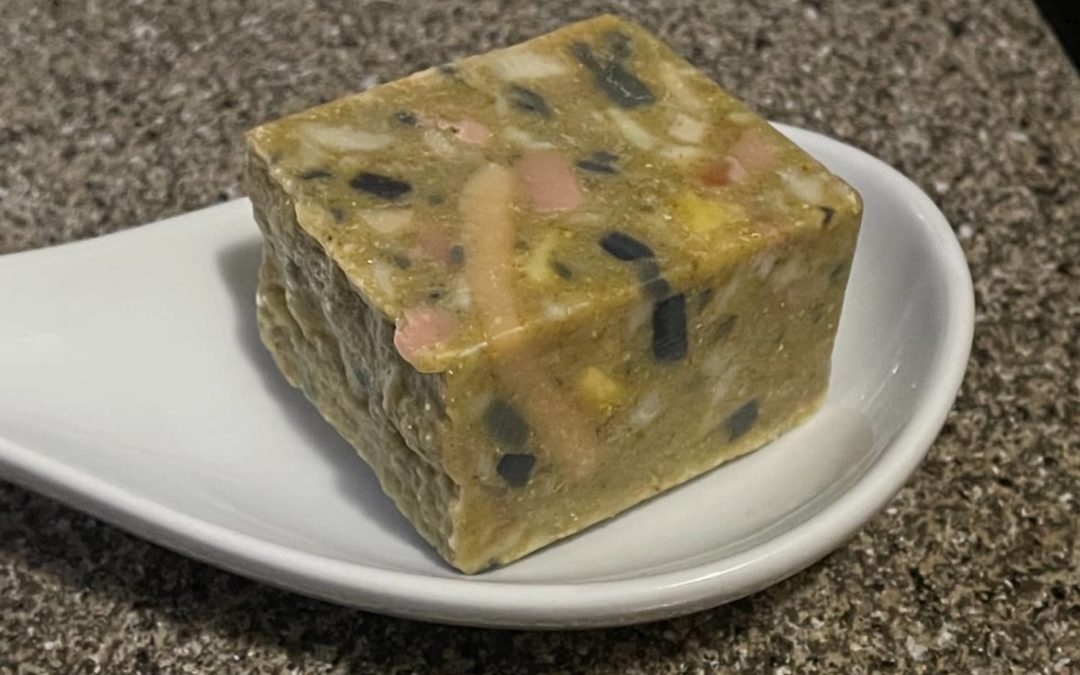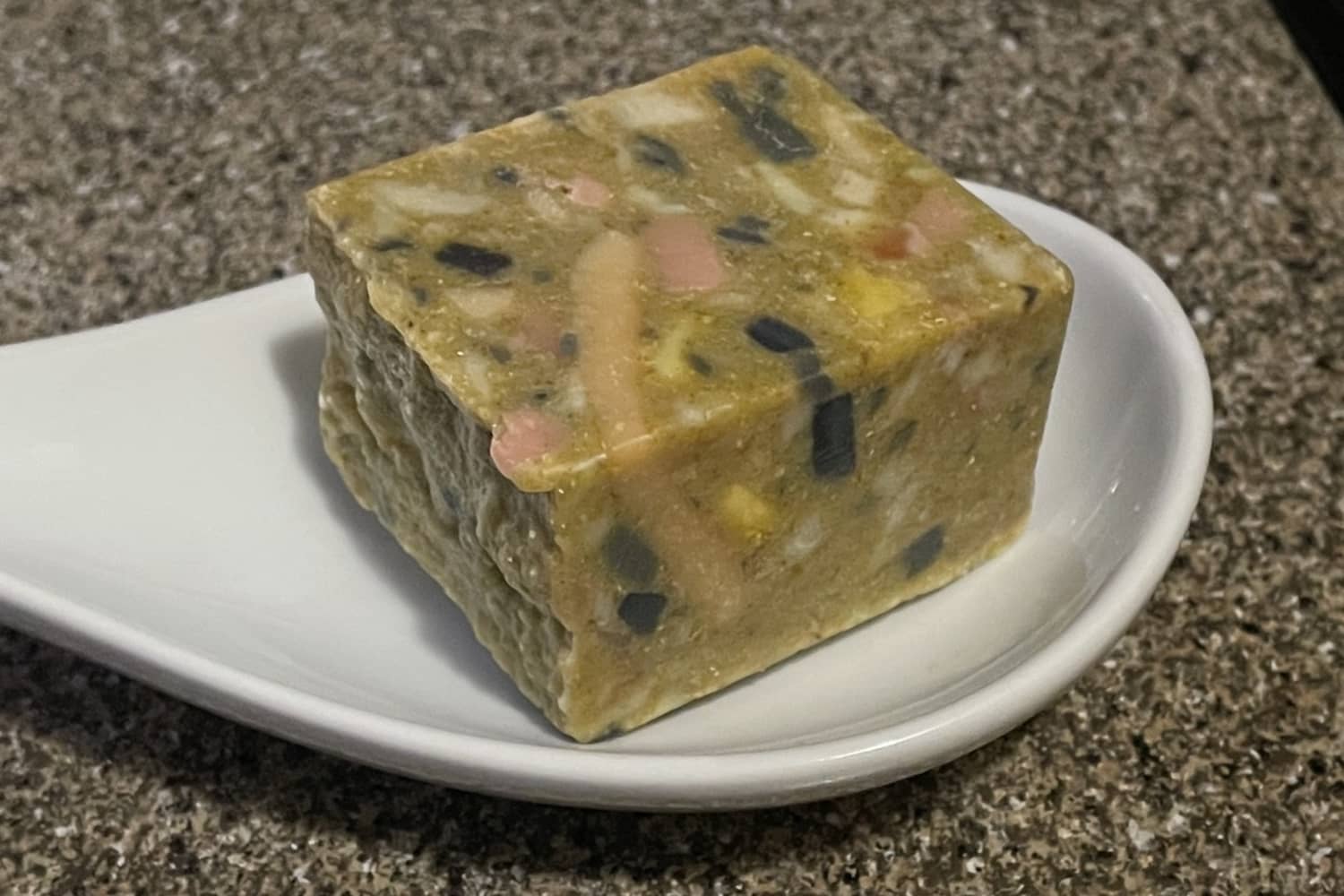
How to Get Nail Polish Stains Out of Clothes
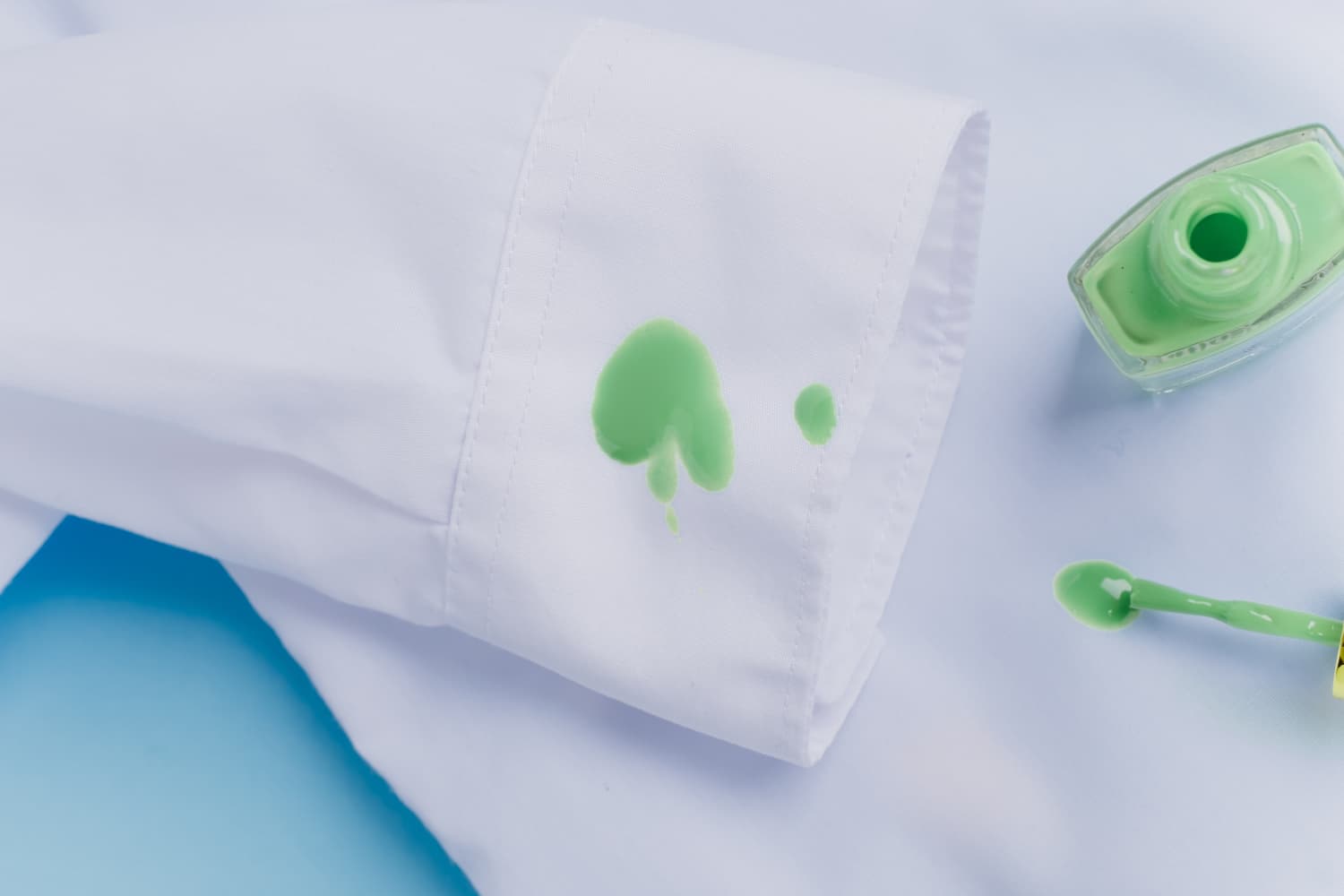


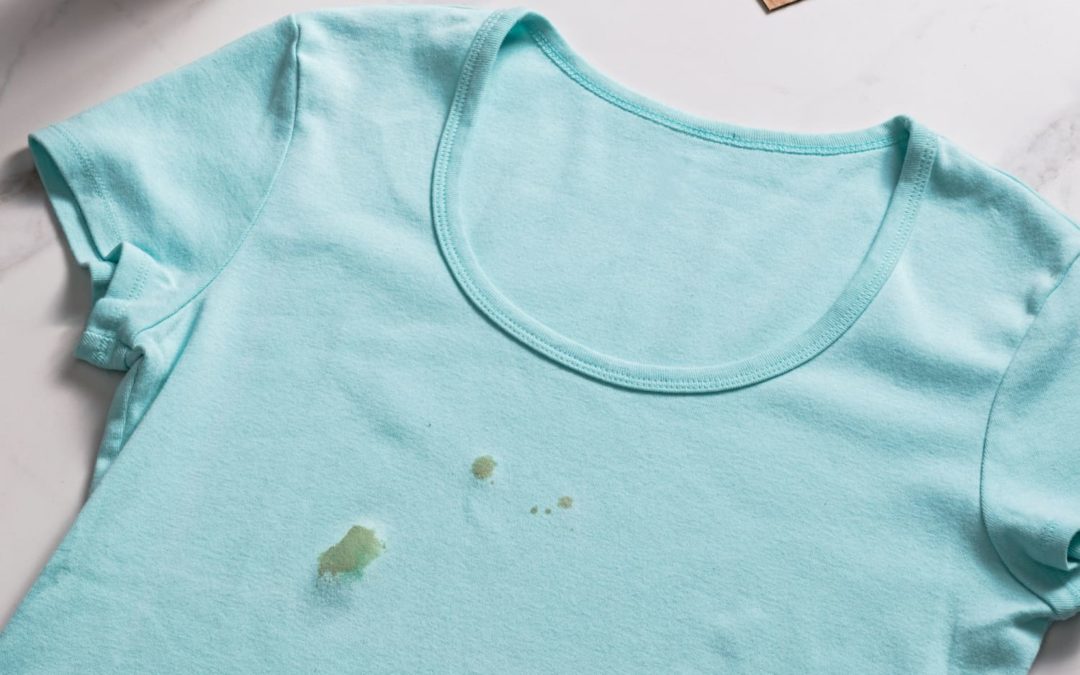
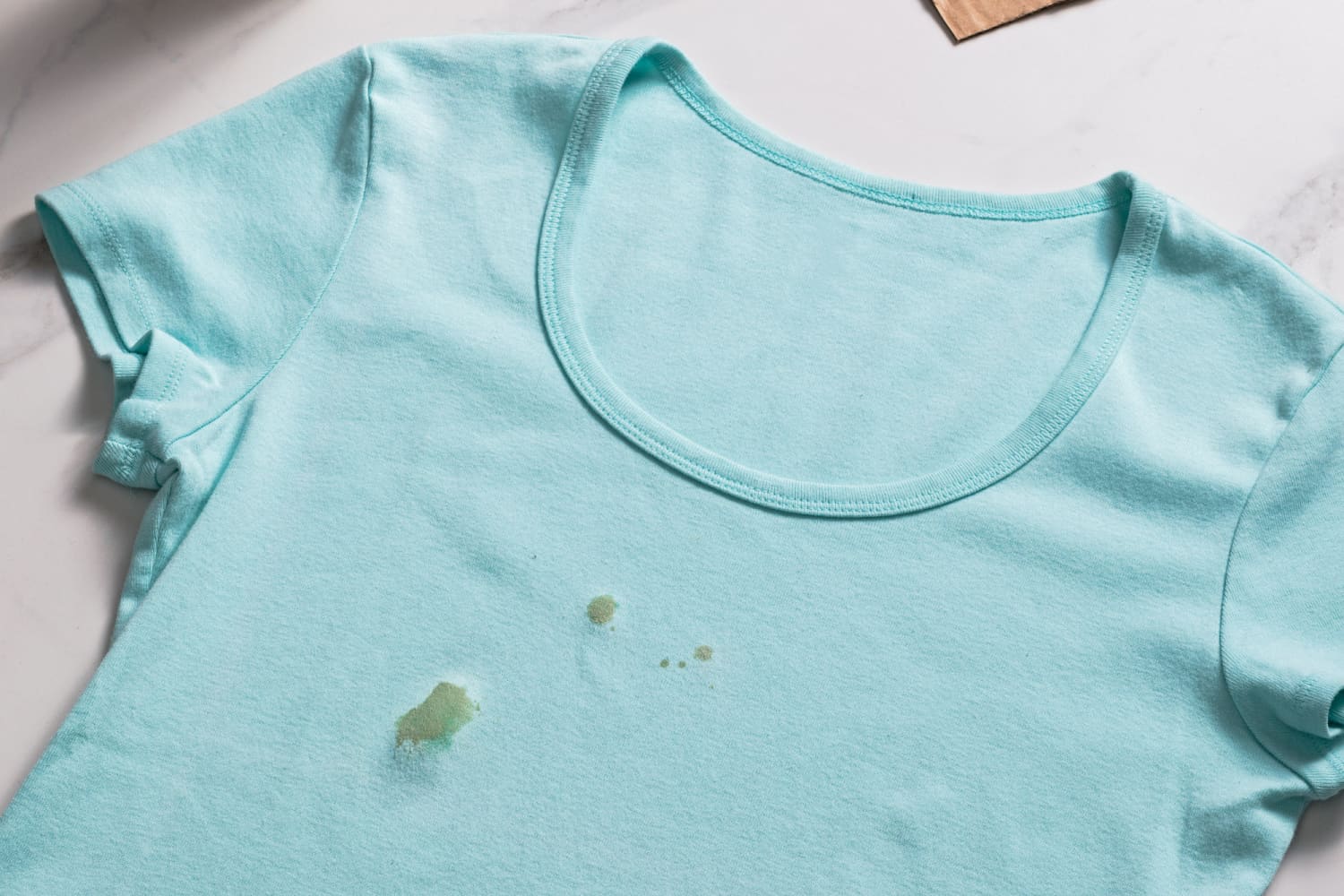
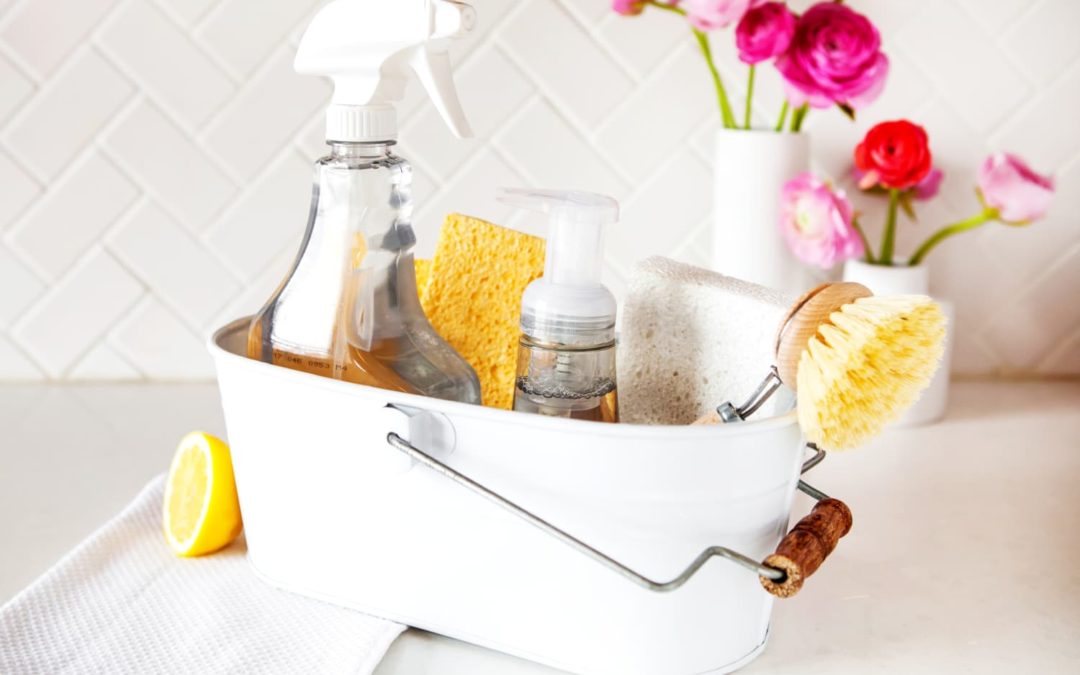
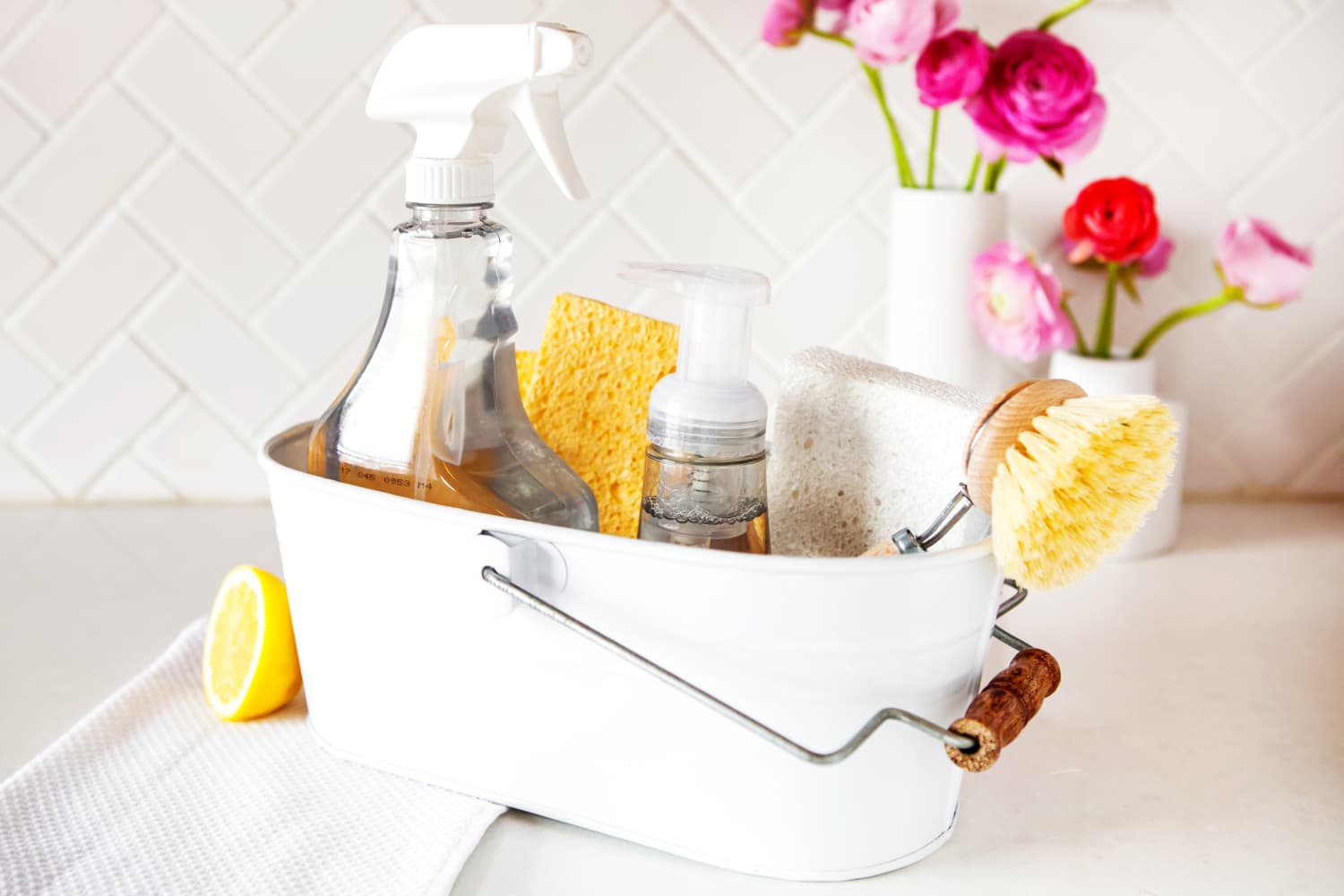
We independently select these products—if you buy from one of our links, we may earn a commission.
Here’s the deal: I’m a mess. Known to spill every liquid I carry — completely sober, mind you— I have either purchased or been gifted (you read that correctly) every stain remover under the sun. Some are effective, some disappoint, and some work great on certain materials but not others. But a few years ago, a friend’s mom introduced me to the magic that is Melaleuca PreSpot Concentrate. As someone who invests not just money, but time and care into her clothes and textiles, she’s got all the secrets.
Not only does the PreSpot Concentrate work on everything from brightly dyed linen garments to white cotton upholstery, but it’s meant to be decanted into whatever vessel you prefer at whatever strength you need. Now I can’t go a week without this natural, enzyme-powered stain remover saving my clothes, my couch, or my car seats! I had to spread the word — but if Cindy ever asks, you didn’t hear it from me.
What makes Melaleuca so special? The formula relies on tea tree oil and three naturally derived enzymes to lift stains so you can simply dab them away with a damp cloth. Protease enzymes debond protein stains like grass, blood, and milk from textiles; amylase enzymes work on starch stains like chocolate, tomato sauce, and gravy; and lipase enzymes attack oily stains like dressings, cooking oil, and cosmetics. Since the formula is completely natural, you can apply it to stubborn spots multiple times without harming the fabric itself or damaging the surface. That’s the key: With this magical find, you can start small and increase the potency of the concentrate from there for tougher stains.
To use Melaleuca, simply dilute the concentrate with water in a ratio that’s totally up to you (1:1 is a solid place to start). You can apply the mixture directly to stains or throw it in with your detergent for loads of laundry that need a little extra help. For delicate materials, a more diluted combination does the trick, and for more stubborn and set-in stains, you’ll probably need a higher contrate-to-water ratio. I keep it diluted in an amber spray bottle at home.
For on-the-go spills, I carry a hand-sanitizer-sized spray bottle with a mix that’s a bit more potent. It works in seconds to lift out everything from spaghetti sauce to puppy paw stains and even (the notorious) blood. It’s not as thick as other to-go stain removers that take longer to dry, so you won’t have to deal with those unsightly damp marks on your clothes that last way too long and look (almost) worse than the stain itself.
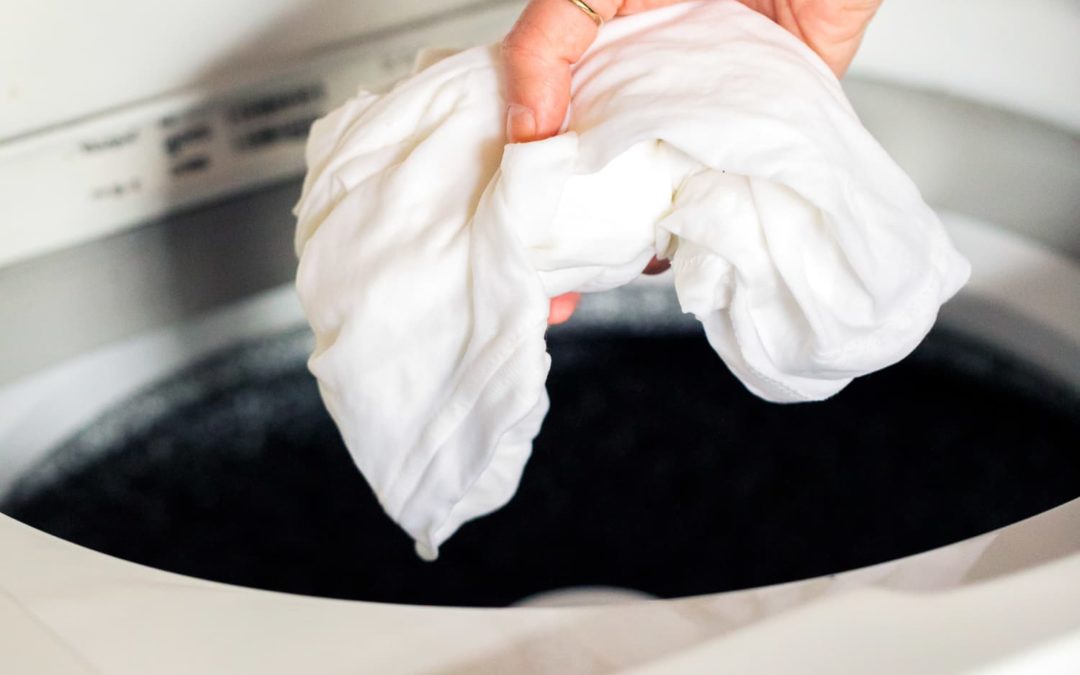
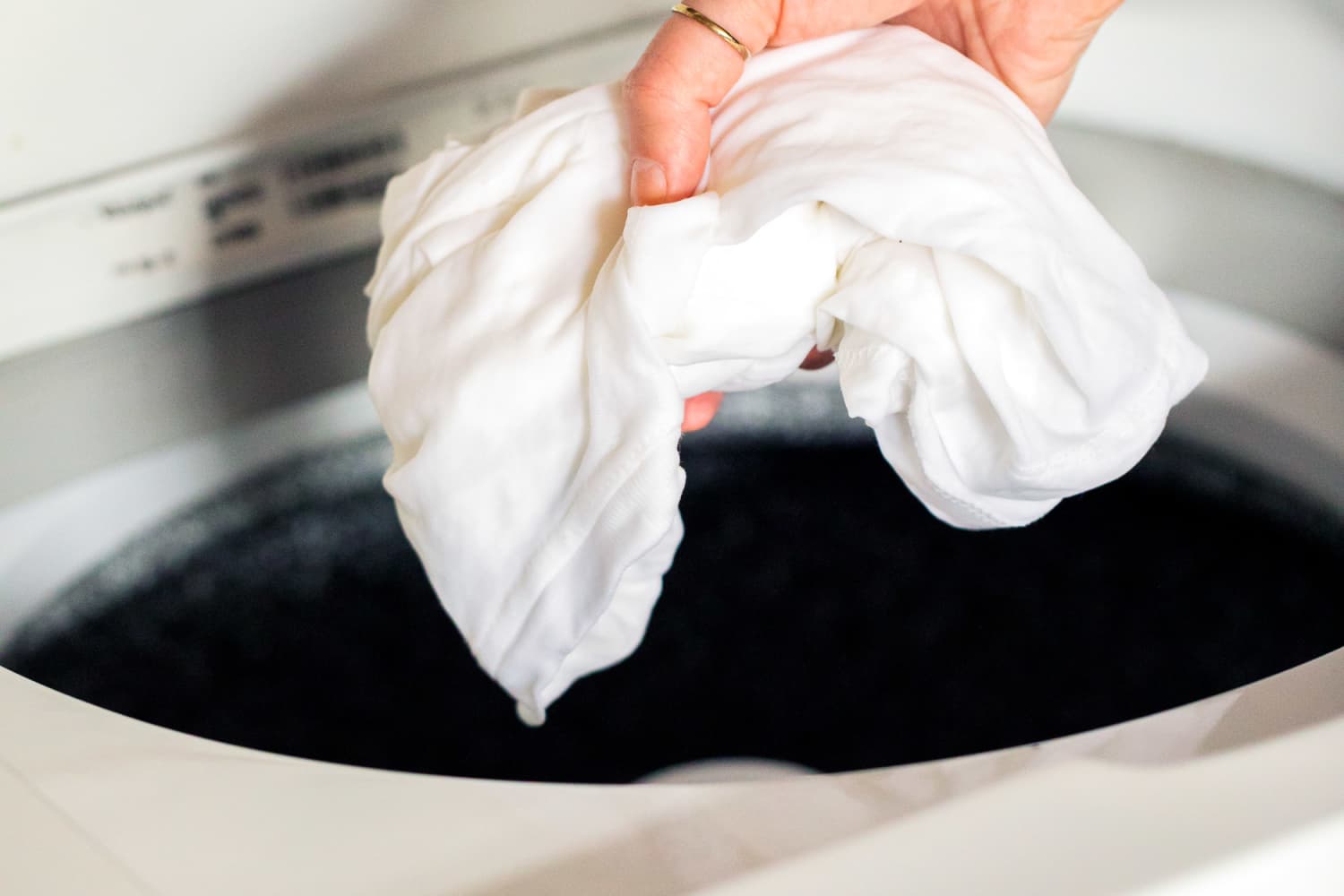
Imagine it: You just bought a brand new white blouse, you put it on, and then — within just a few minutes — your coffee splatters all over it. Panic sets in. Will the stain ever come out?
Good news: Costumers — people whose job it is to make sure apparel looks good enough to take center stage — say “just about everything is fixable, short of it catching fire.” You just have to know what you’re doing.
To help you become a star stain buster, we asked seasoned costumers and stylists for their best tips and trips. Here’s what they had to say:
Pen burst? Before you toss your duds, spray the garment with hairspray, let it dry, then wash it in cold water with detergent, says Rachel E. Pollock, a wardrobe supervisor and lecturer at the University of North Carolina at Chapel Hill. “If the ink stain is on a leather garment, spray it with the hairspray and use a clean towel or cotton ball to buff off the stain.”
It may sound strange, but another bodily fluid — saliva — is the best treatment for blood stains. Here’s how it works, says Pollock. Spit on it, let it soak in, then hand wash with soap. “This works best if the saliva comes from the person whose blood it is, but any saliva is better than a commercial stain remover.”
For costumers, stage makeup on garment is a constant battle, but there’s an easy fix, says stylist Yolandie Hamilton. Squirt a bit of heavy-duty degreasing dish soap (like Dawn) on the makeup spot, and smear it over the entire stain area inside and outside of the garment, she explains. Let it sit for a few minutes, then scrub using your fingernails and rinse.
When shirts become stained yellow thanks to underarm sweat, this pantry staple is an easy fix for the discoloration. Simply spray the stain with white vinegar. Let it soak in for 30 minutes if there’s time, then launder with detergent and hydrogen peroxide, says Pollock.
White vinegar not only works wonders on sweat stains, it also tackles grease with ease, says Marijke van Breda, a former stylist for Oliver Wicks. “To remove grease, make sure you use 50 percent vinegar and 50 percent water to remove the stain and then wash it after,” she explains. “Do not put the fabric in a dryer until you are sure the stain is completely gone.”
If dye migrates in the laundry — think: a red sock accidentally turns whites to pinks — soak the items the dye migrated onto in cold water for as long as possible (up to overnight), says Pollock. Then wash with detergent and the appropriate bleach for the items — color safe or oxygenated.
